A few years ago, the 39 km of expressway in the Mekong Delta was really modest. To date, 120 km have been completed, vehicles are running smoothly, 428 km are under construction, expected to open to traffic in 2025. Further, by 2030, the Mekong Delta is expected to have a total of 1,200 km of expressway, including 3 vertical axes and 3 horizontal axes. A modern, synchronous transportation network is gradually taking shape, connecting the delta with Ho Chi Minh City and other key economic regions of the country. 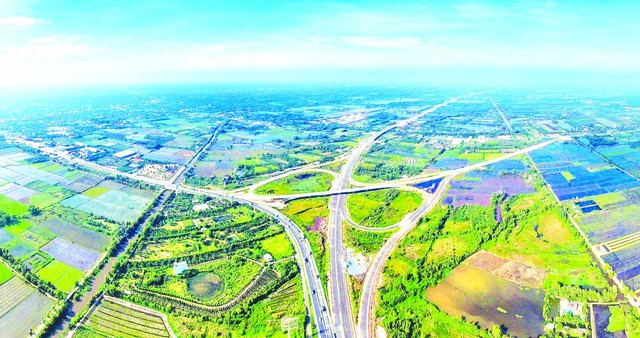
Currently, the Mekong Delta has about 120 km of highways and it is expected that in 2025, an additional 428 km will be completed.
PHOTO: DINH TUYEN
This impressive transformation not only shows political determination but also a strategic vision in developing transport infrastructure for the West. This is clearly demonstrated when Prime Minister Pham Minh Chinh repeatedly went to the West to remove difficulties and urge each project with the spirit of "only discussing work, not backtracking". Many times the head of the Government directly went to the construction site to encourage and motivate the construction team to promote the spirit of "overcoming the sun, overcoming the rain", "eating quickly, sleeping urgently", "working 3 shifts, 4 shifts, through holidays, through Tet"...
Workers work overtime on the Can Tho - Ca Mau expressway
PHOTO: DINH TUYEN
The remarkable progress in transport infrastructure in recent times has been making life, travel and business of the people in the West more convenient and easier every day. The clearest evidence is that the travel from Ho Chi Minh City, the Southeast provinces to the center of the Mekong Delta has been significantly shortened when the three expressways Ho Chi Minh City - Trung Luong, Trung Luong - My Thuan and My Thuan - Can Tho were connected. The expressway is smooth from Ho Chi Minh City to Can Tho and vice versa. The image of passenger buses jostling each other on the only national highway or ferries packed with people crossing the Tien and Hau rivers only remains in memory.
The My Thuan - Can Tho expressway section, completed at the end of 2023, will connect the expressway from Ho Chi Minh City to Can Tho.
PHOTO: NAM LONG
For the West, highways are also the "blood vessels" for economic development, the "door" that opens up integration and development... Highways not only clear connection bottlenecks, shorten travel time, reduce transportation costs, and improve the competitiveness of goods, but also promote regional connectivity, trade, tourism, and attract investment.
Wherever the highway opens and is clear, new development space is also formed, with industrial parks, clusters, logistics centers, linked with planning for seaports, airports, and centers linking production, processing, and consumption of agricultural products.
Contractors are working hard to complete the goal of connecting the expressway to Ca Mau in 2025.
PHOTO: DINH TUYEN
Surely, when the highway picture is completed, the strengths of the country’s seafood granary, fruit granary, and rice granary will be fully exploited to their full potential. Western agricultural products, from pangasius, tiger prawns, Ca Mau crabs to bags of fragrant rice; sand mangoes, green-skinned grapefruits, durians, golden-fleshed longans… will have the opportunity to reach further, reach consumers faster and bring more worthy profits to the people.
With high determination, synchronous participation of all levels and localities, and sustainable development thinking, the people of the West all expect the expressway projects to be completed on time, opening a new era of development, bringing the Nine Dragons land to grow strongly. Above all, this year's Tet, the dream of the people of the West about a modern transportation system, a highway connecting to Ca Mau cape is getting closer and closer.
Thanhnien.vn
Source: https://thanhnien.vn/nam-nay-cao-toc-se-ve-toi-ca-mau-185241231160855065.htm


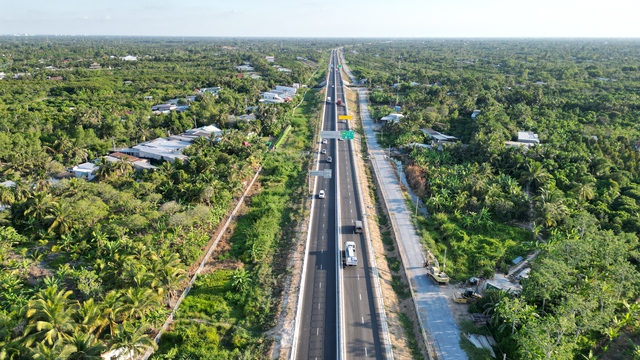
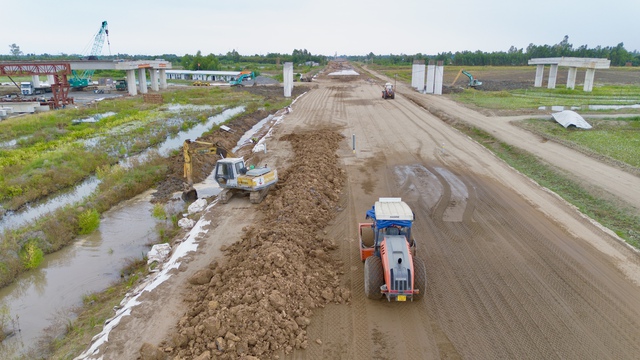
![[Photo] National Assembly Chairman Tran Thanh Man meets with Ethiopian Prime Minister Abiy Ahmed Ali](https://vstatic.vietnam.vn/vietnam/resource/IMAGE/2025/4/16/c196dbc1755d46e4ae7b506c5c15be55)
![[Photo] Prime Minister Pham Minh Chinh receives Cambodian Deputy Prime Minister Neth Savoeun](https://vstatic.vietnam.vn/vietnam/resource/IMAGE/2025/4/16/e3dc78ec4b844a7385f6984f1df10e7b)
![[Photo] Opening of the Exhibition on Green Growth](https://vstatic.vietnam.vn/vietnam/resource/IMAGE/2025/4/16/253372a4bb6e4138b6f308bc5c63fd51)
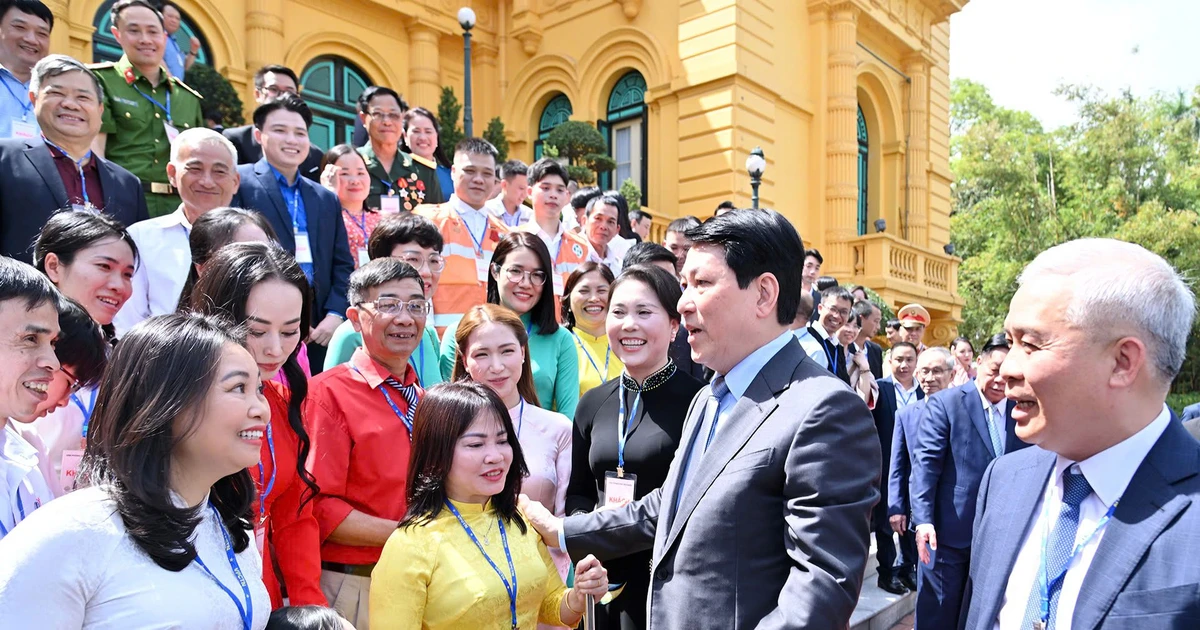
![[Photo] General Secretary To Lam gave a speech at the National Conference to disseminate the Resolution of the 11th Central Conference, 13th tenure.](https://vstatic.vietnam.vn/vietnam/resource/IMAGE/2025/4/16/04e0587ea84b43588d2c96614d672a9c)
![[Photo] President Luong Cuong meets 100 typical examples of the Deeds of Kindness Program](https://vstatic.vietnam.vn/vietnam/resource/IMAGE/2025/4/16/ce8300edfa7e4afbb3d6da8f2172d580)
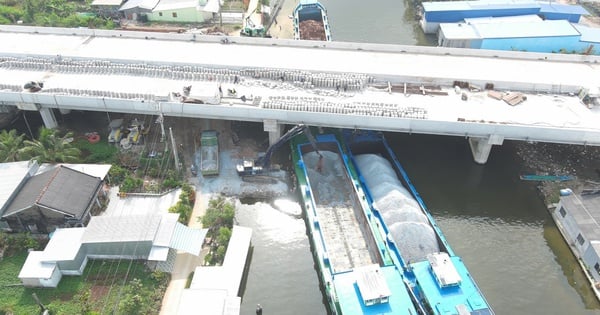

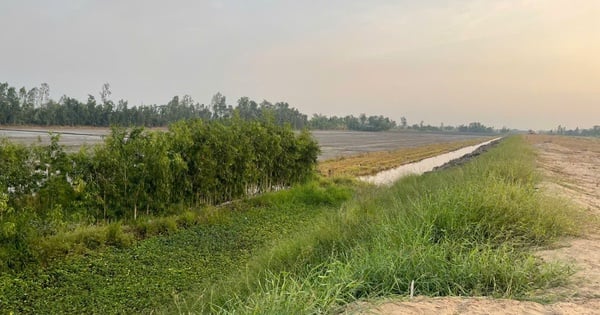
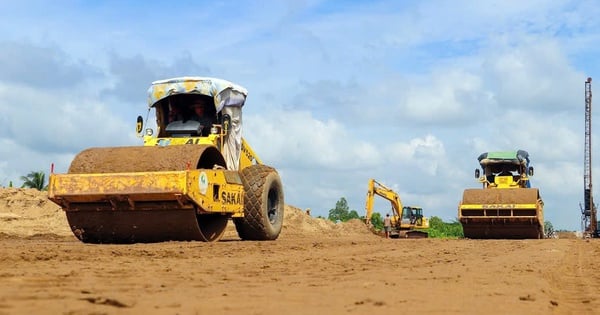
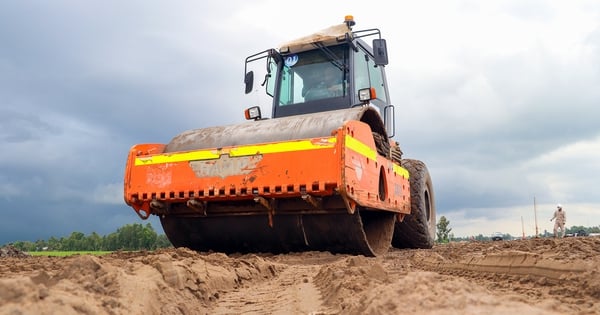
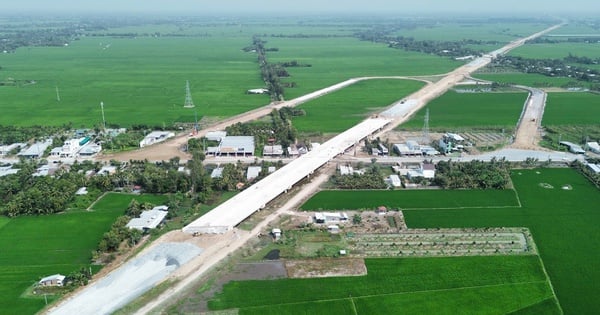
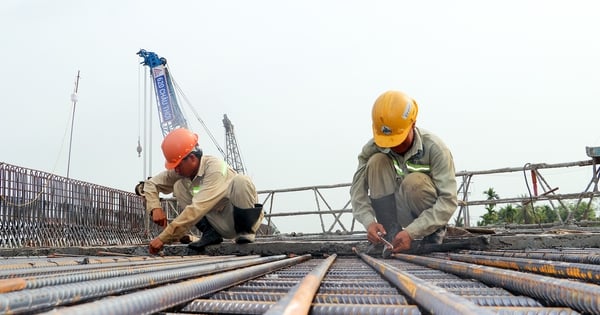
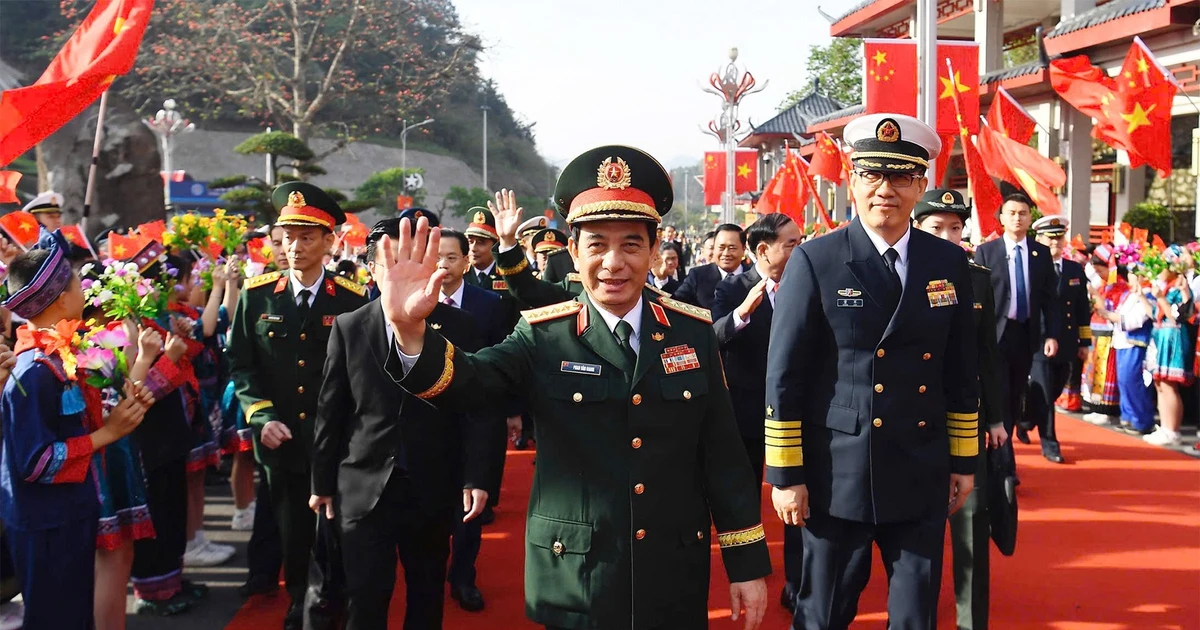
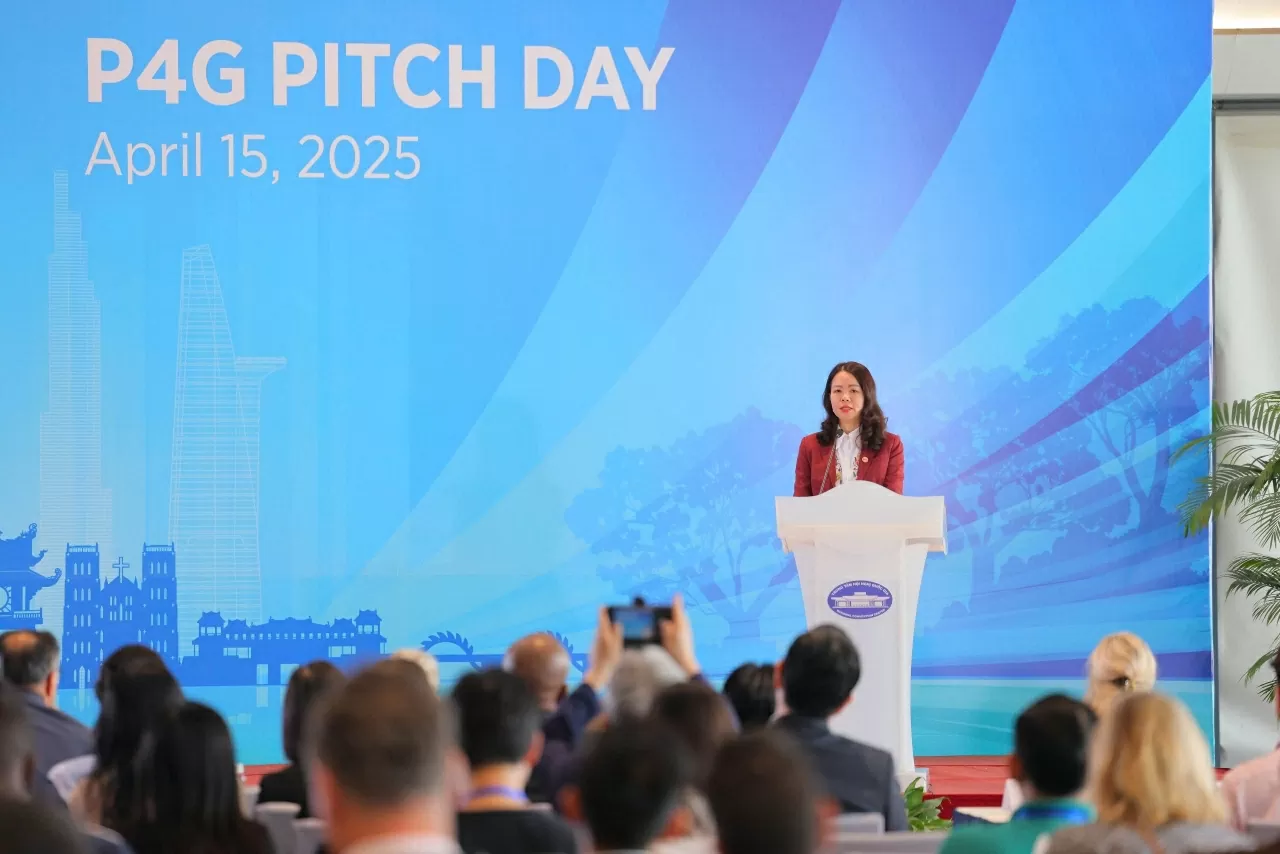
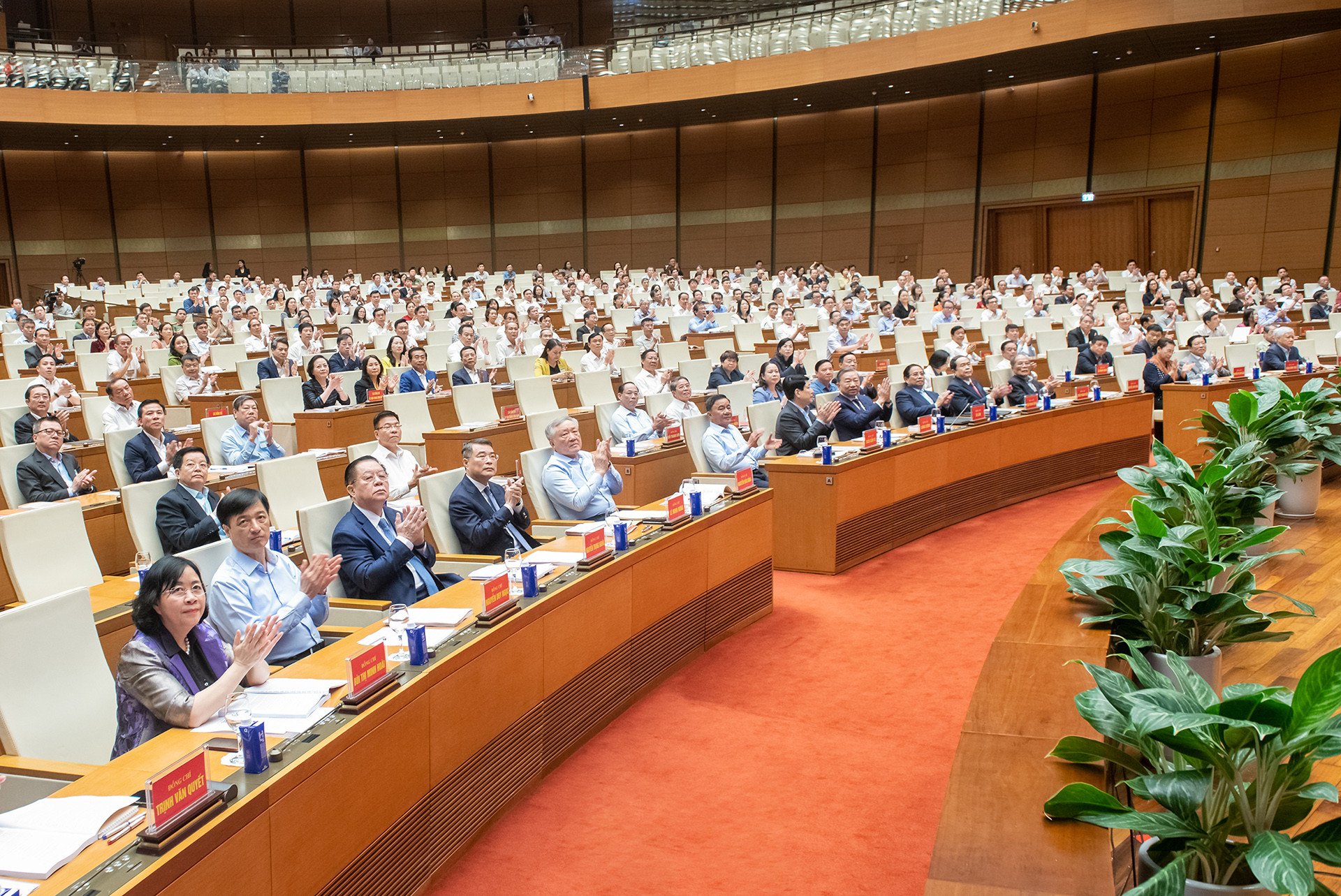

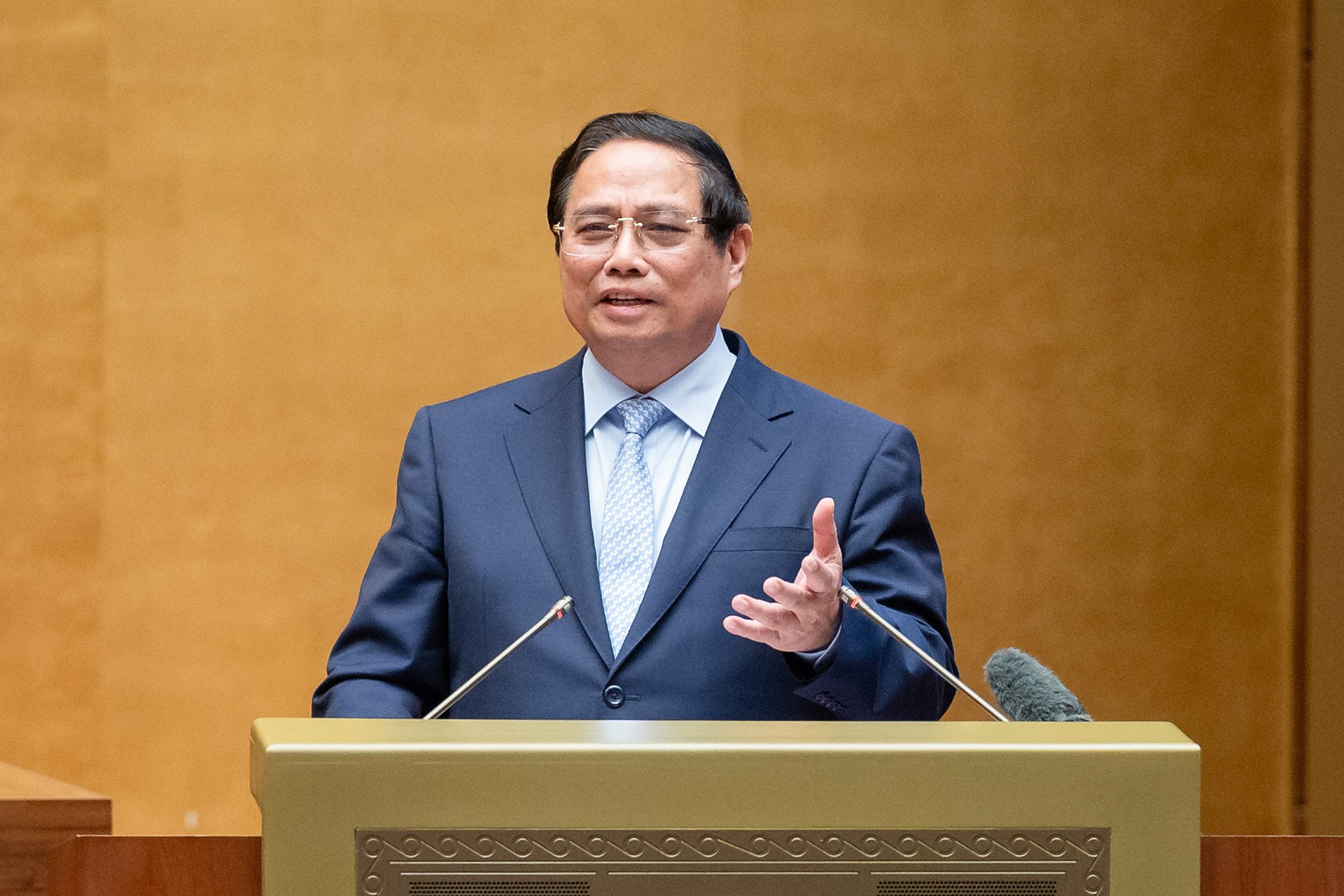
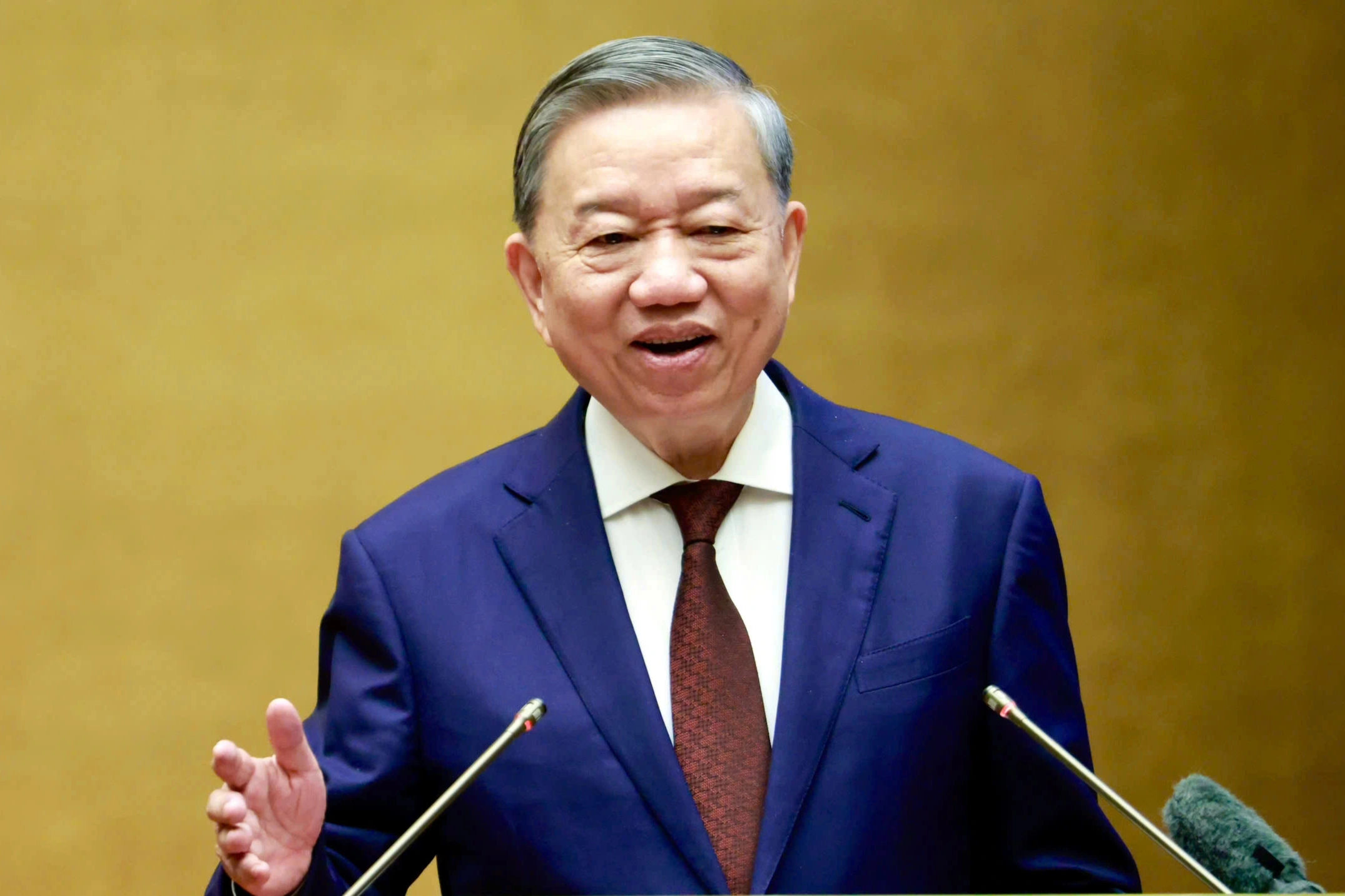





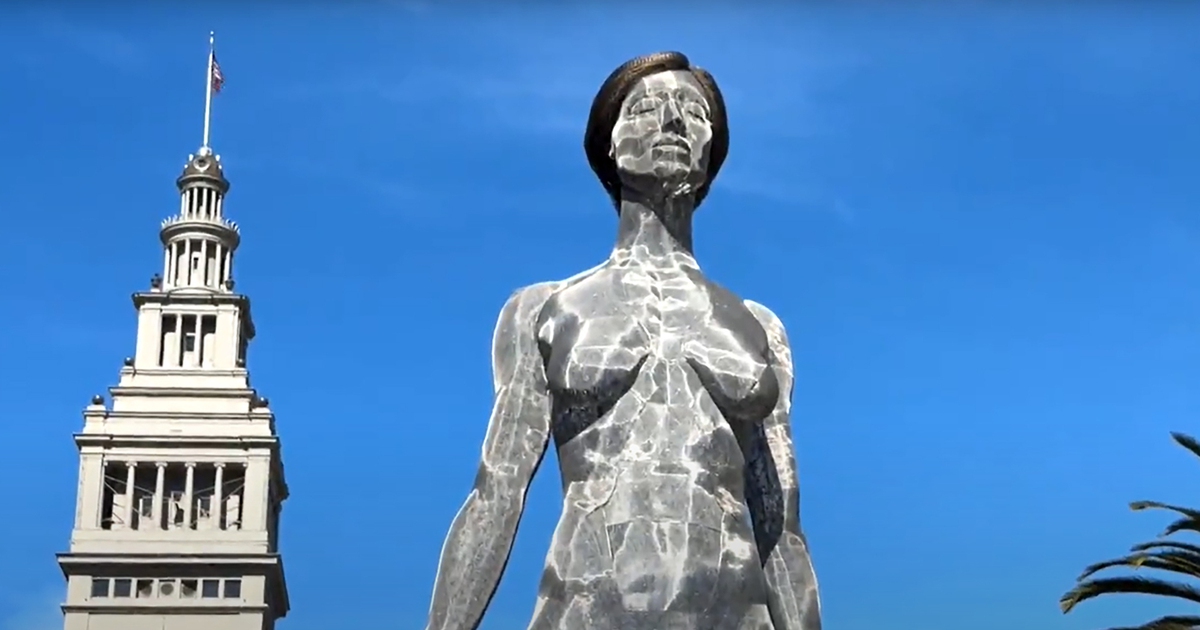


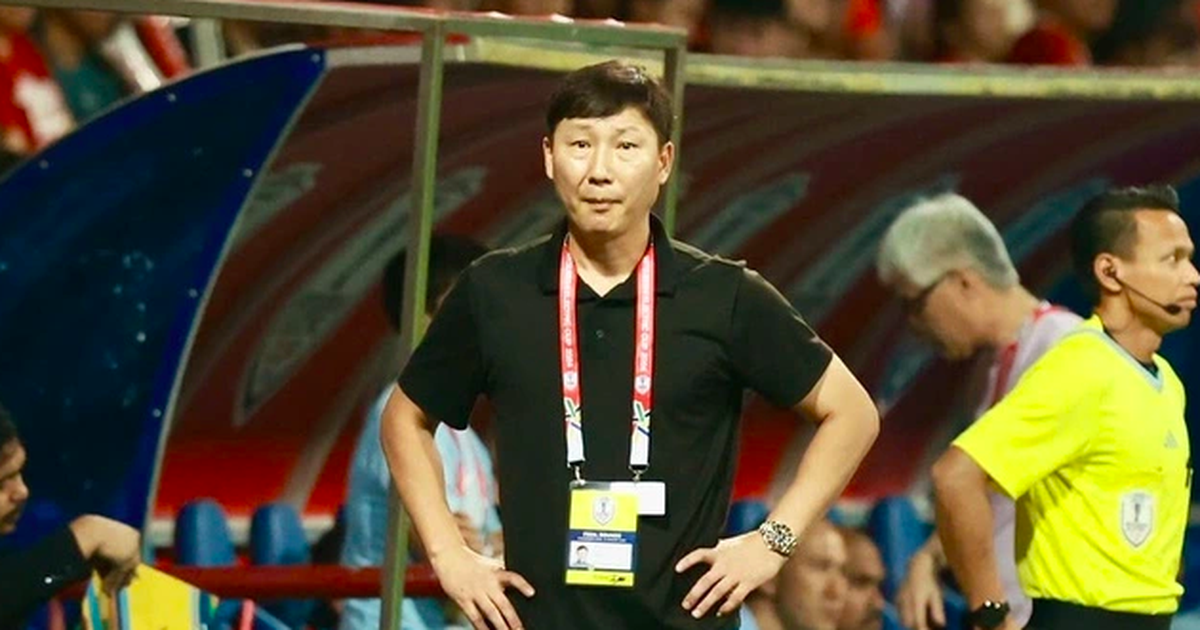
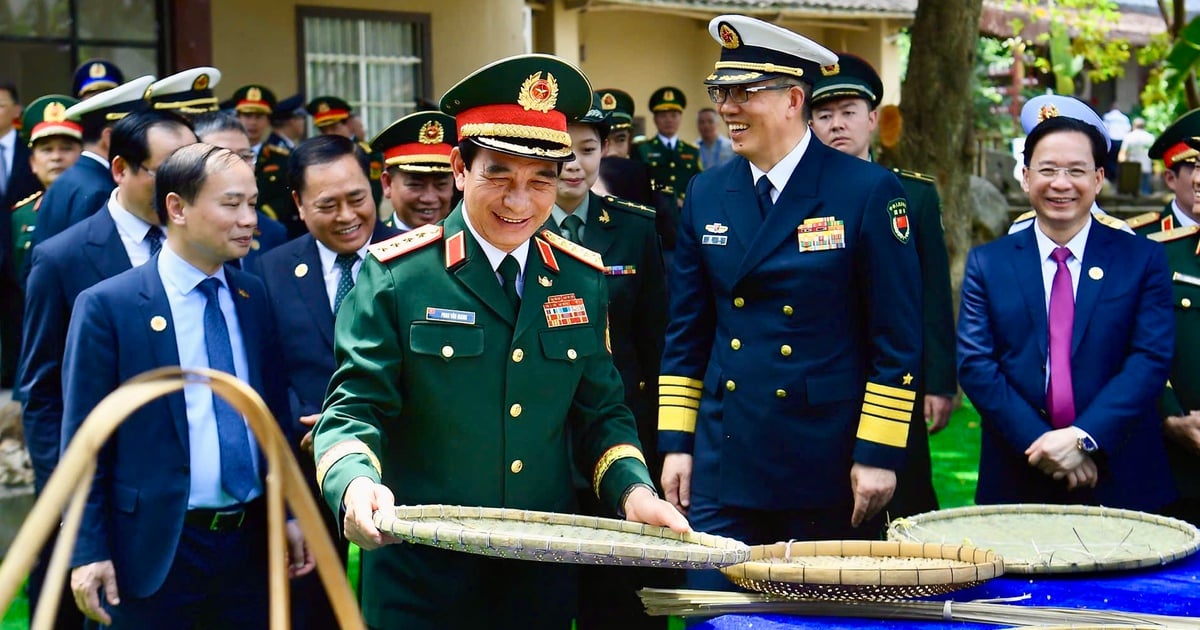
![[Photo] President Luong Cuong receives Ethiopian Prime Minister Abiy Ahmed Ali](https://vstatic.vietnam.vn/vietnam/resource/IMAGE/2025/4/16/504685cac833417284c88a786739119c)


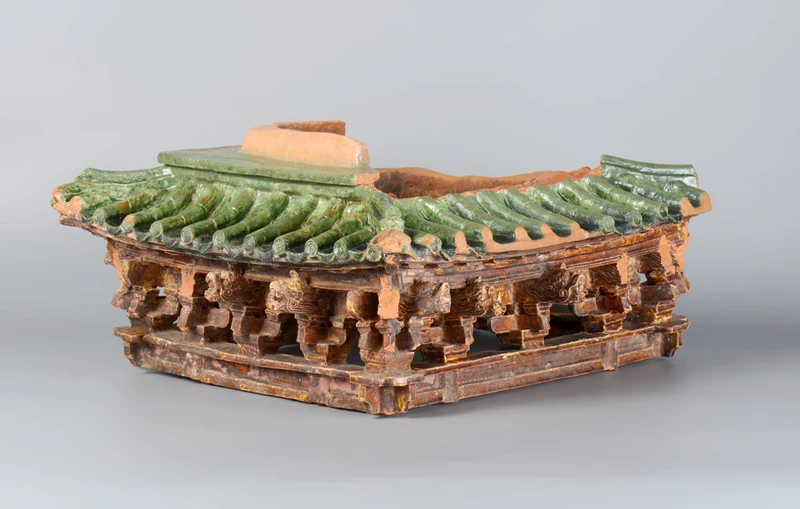



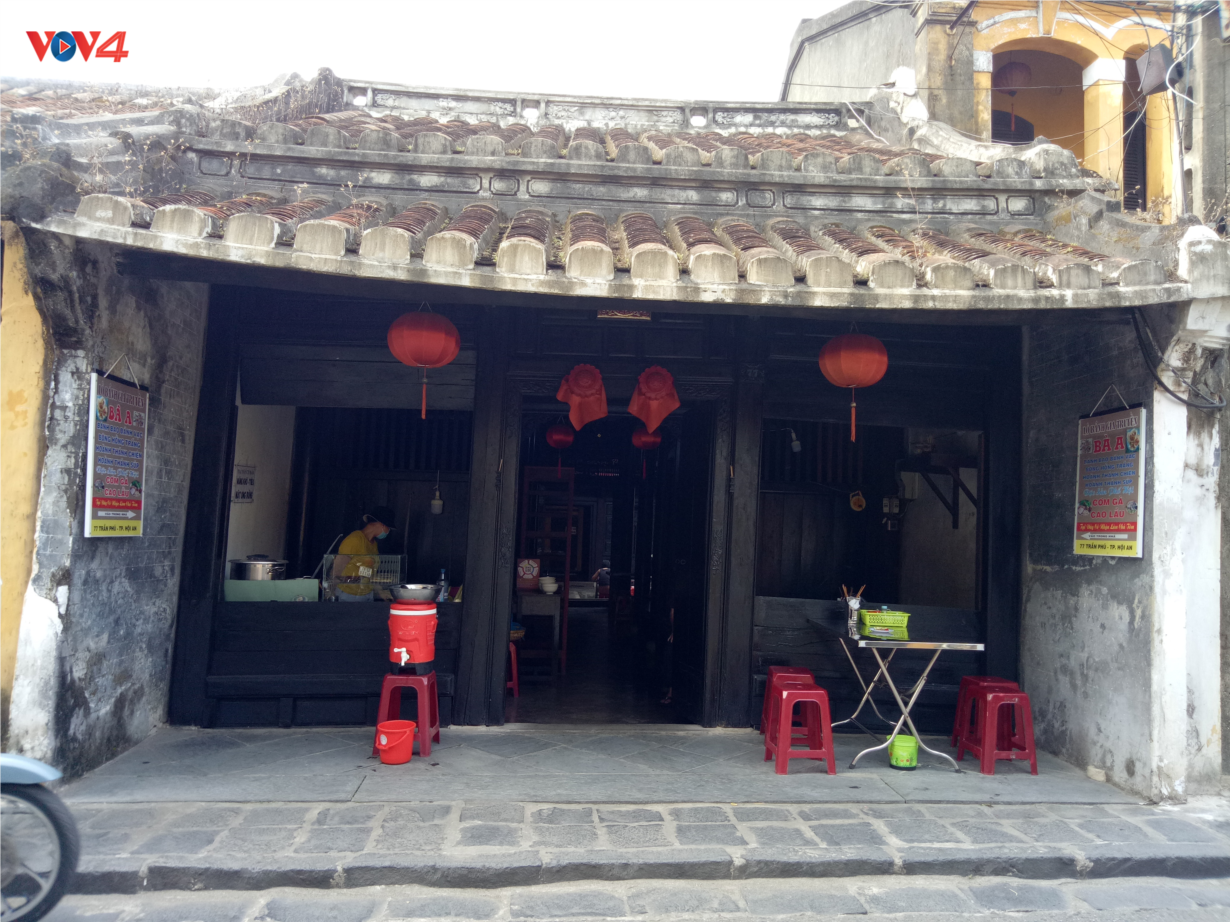

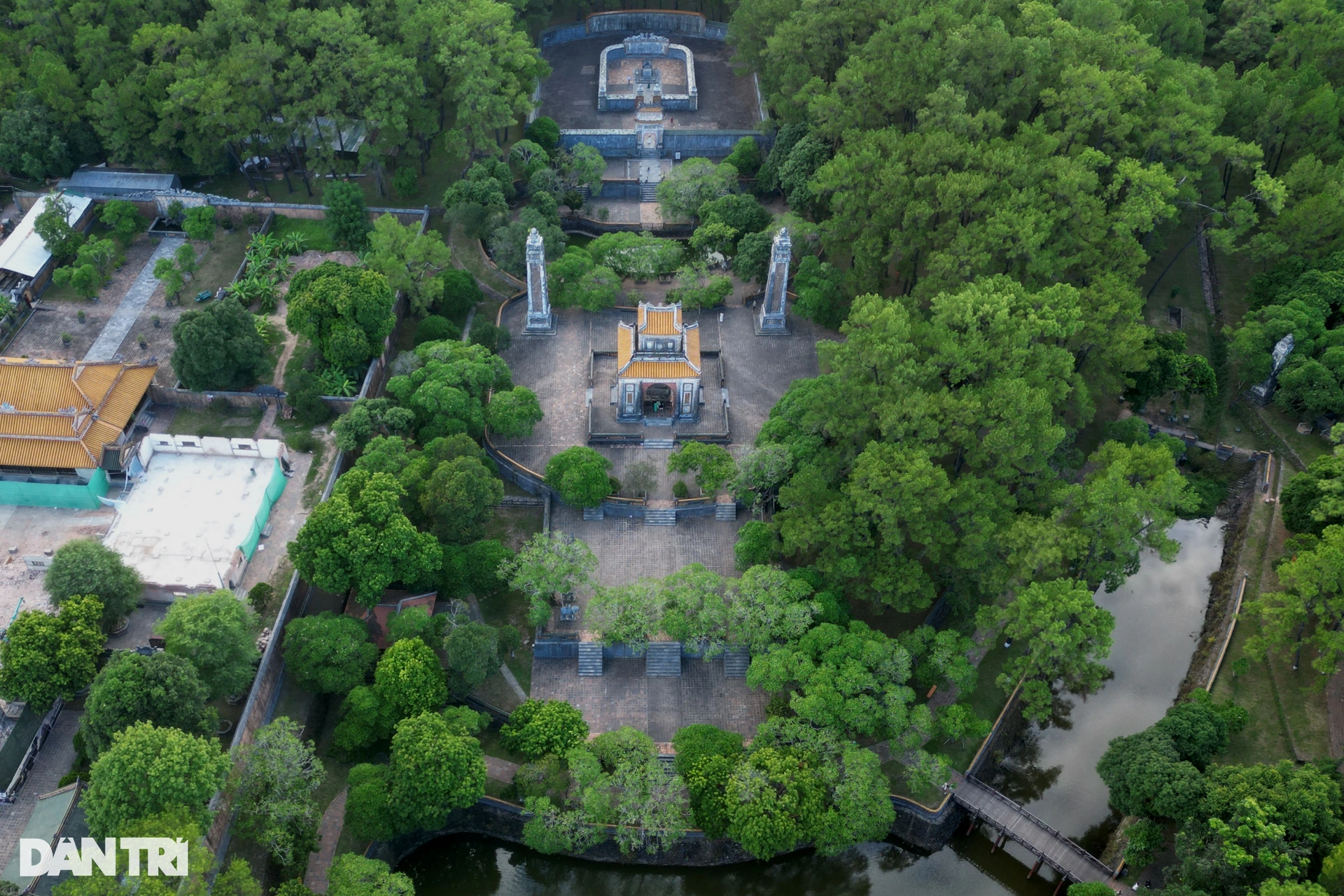

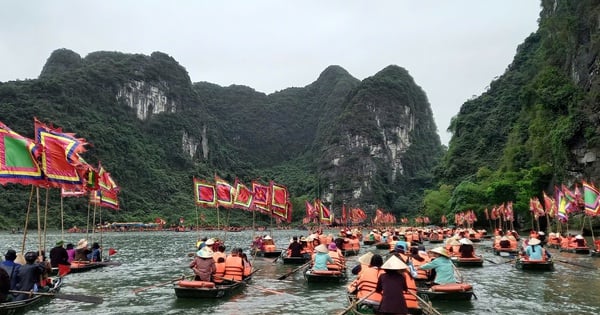

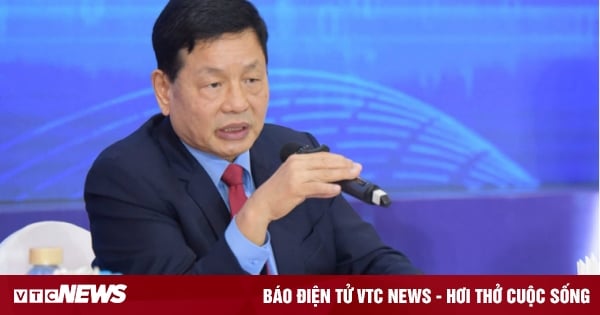



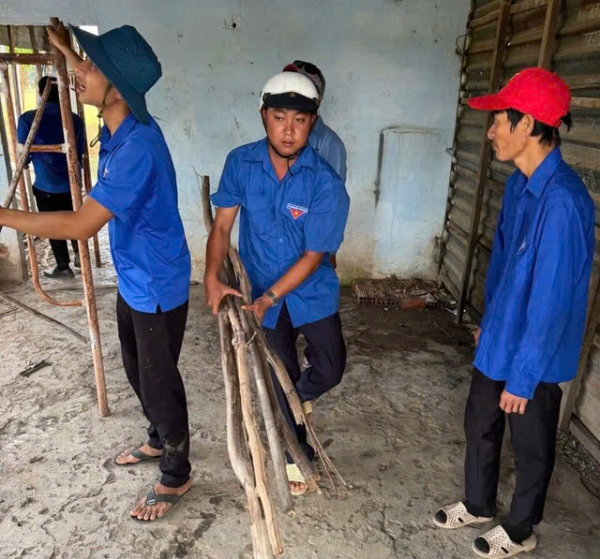
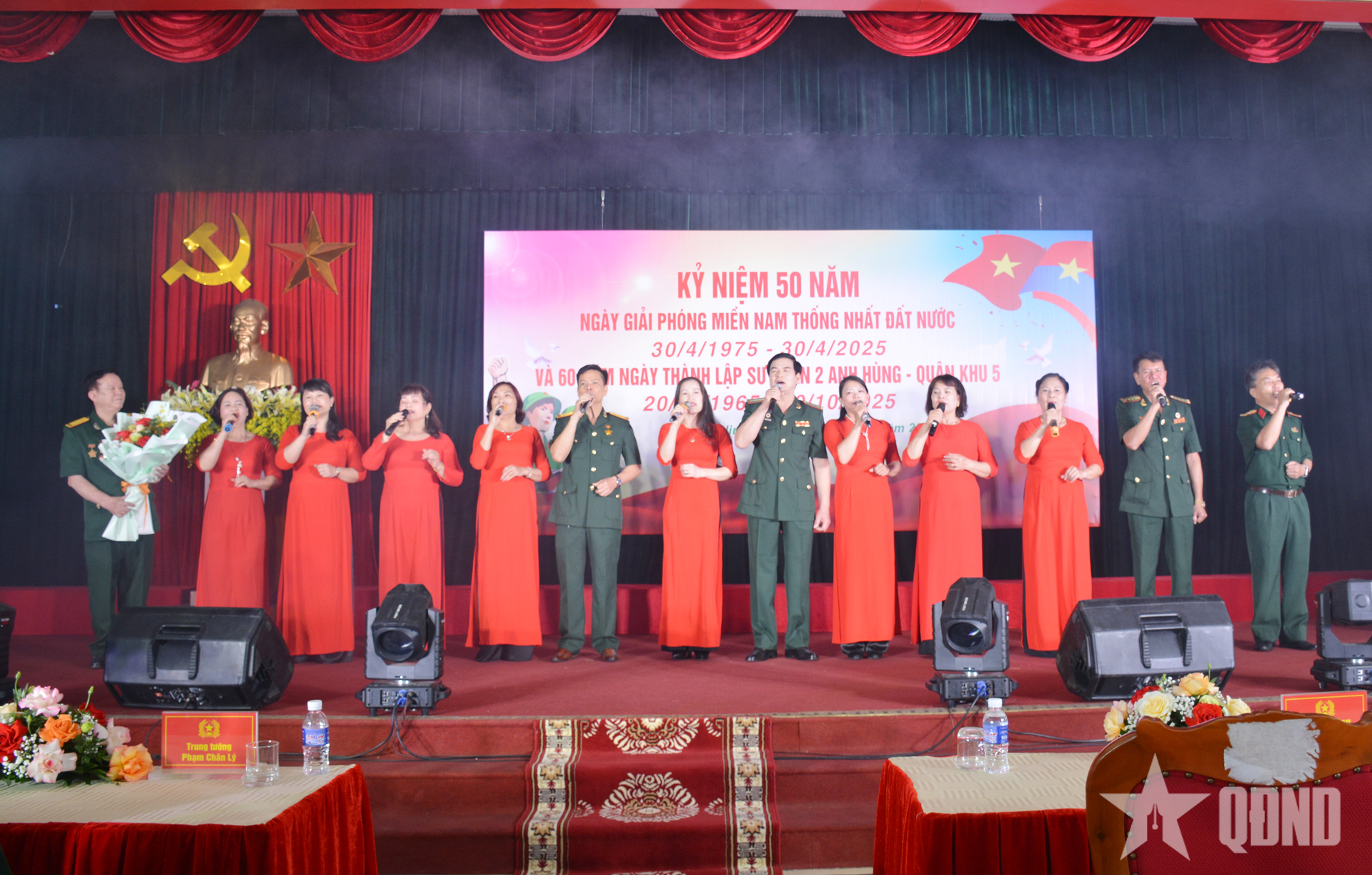






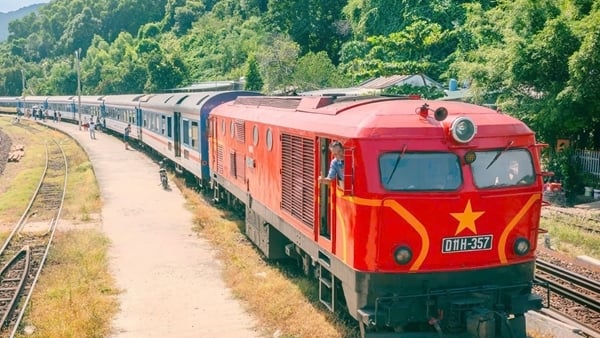



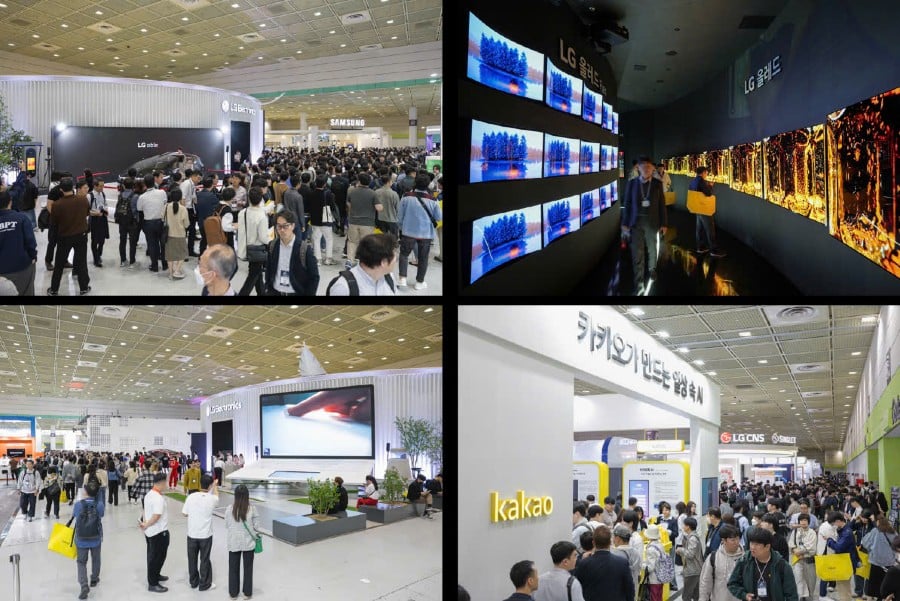


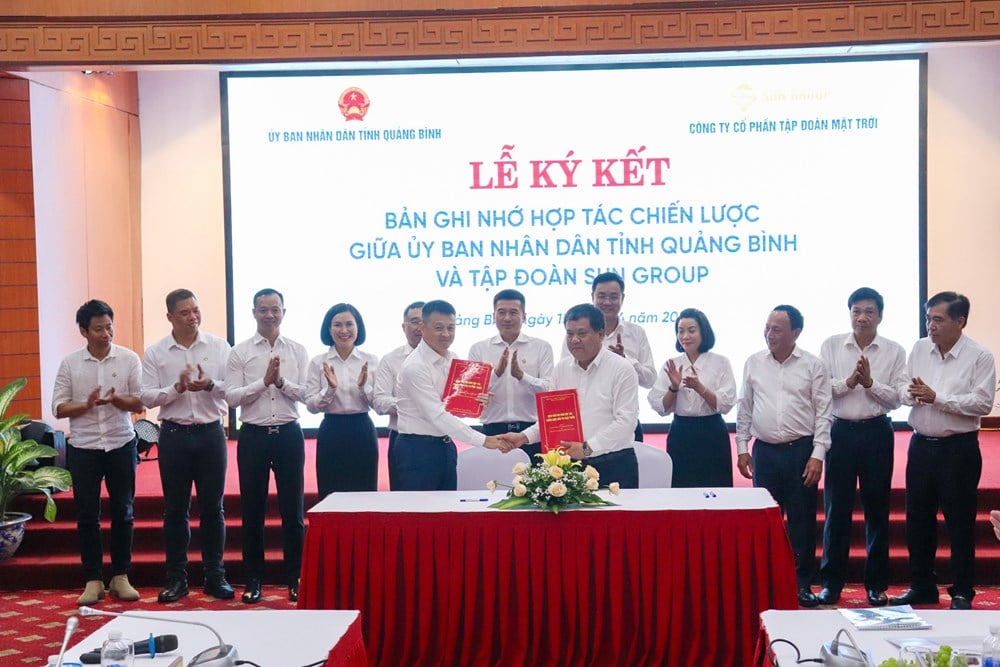






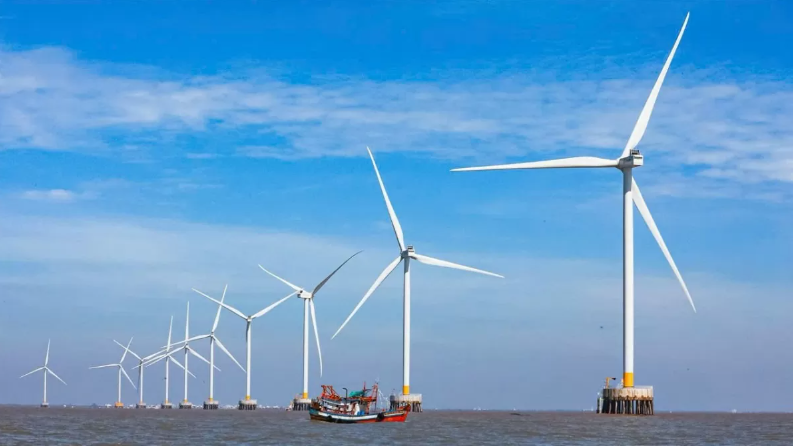
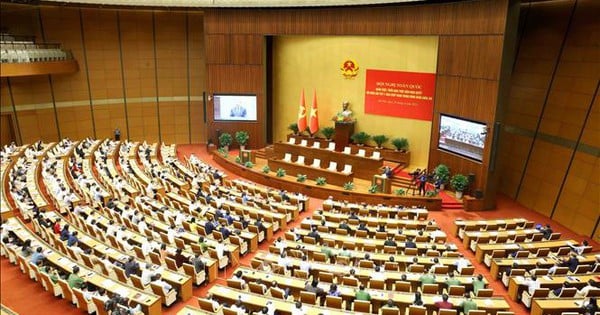


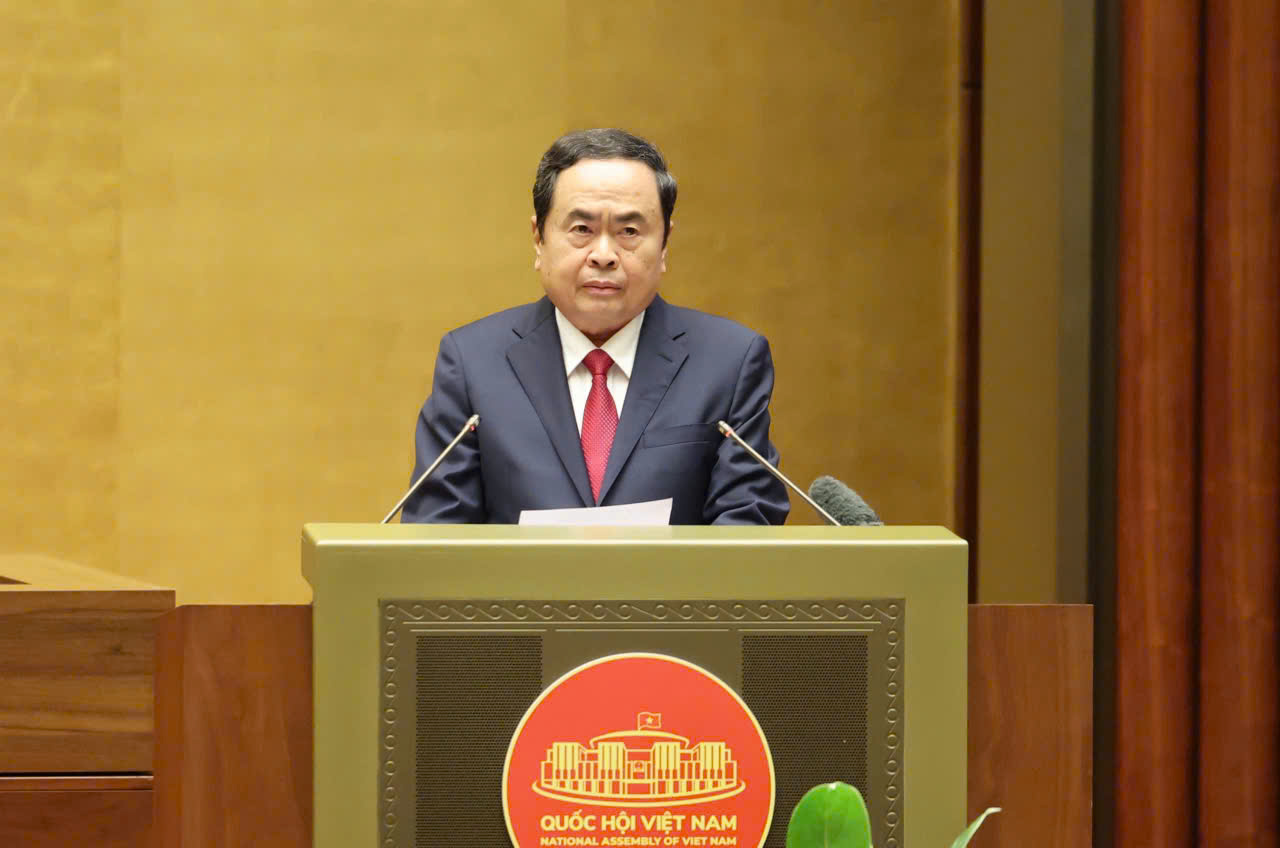


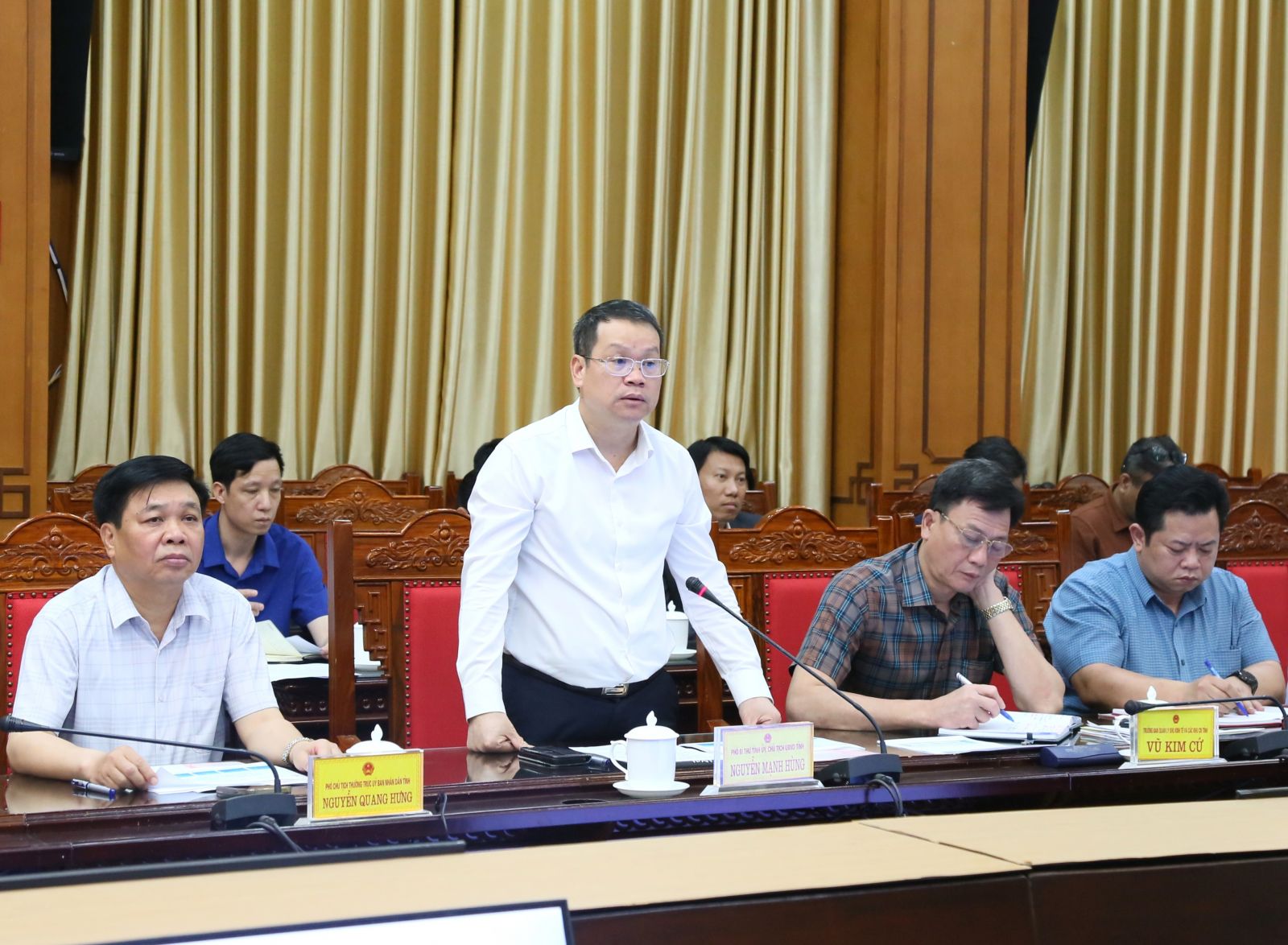
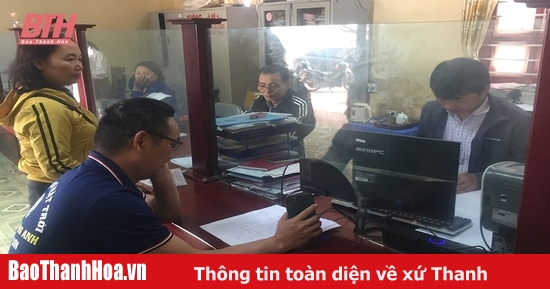





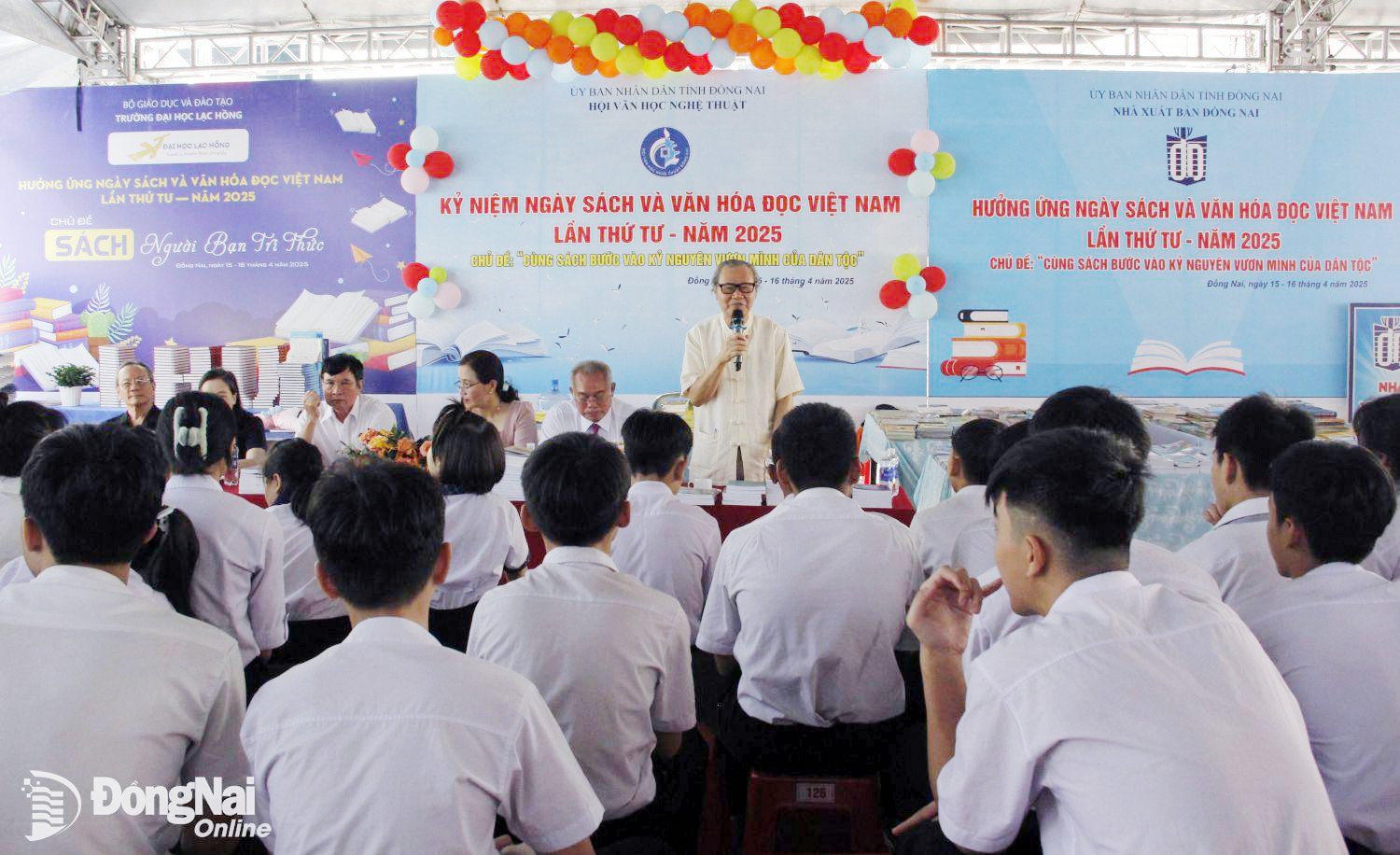
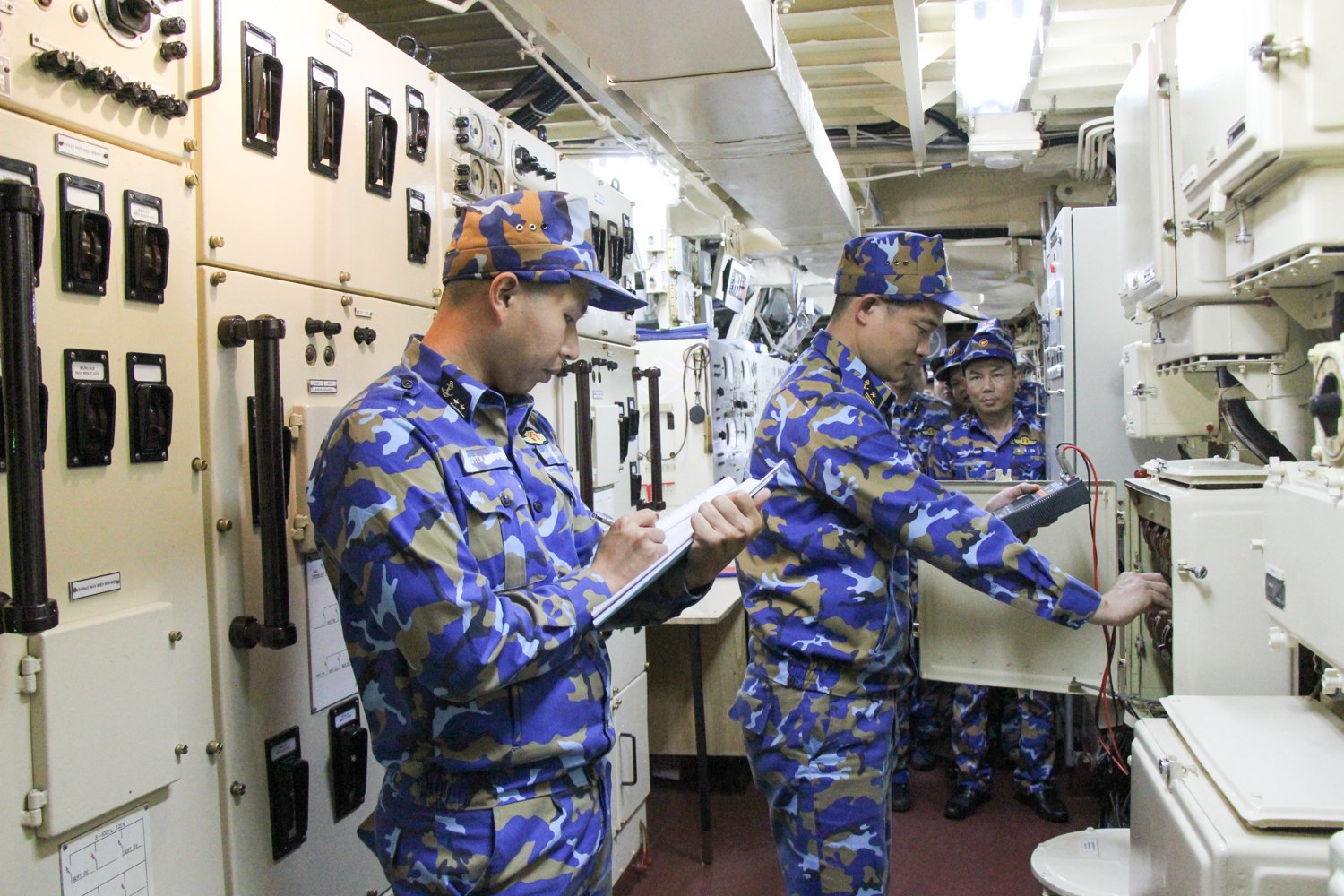



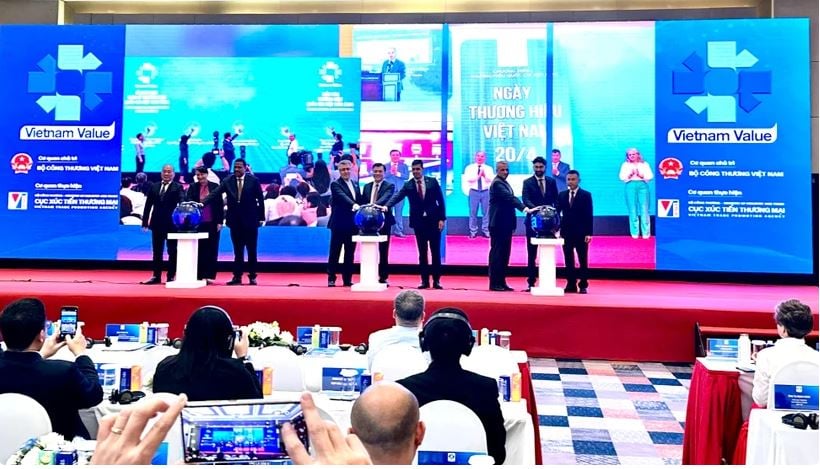

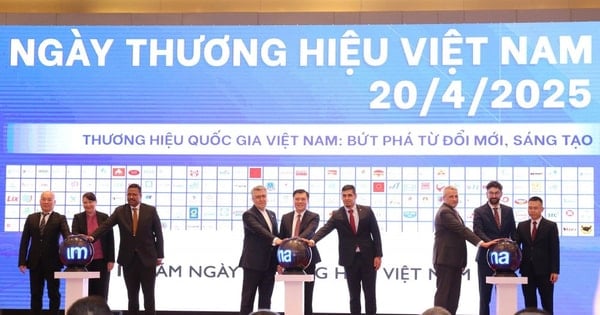
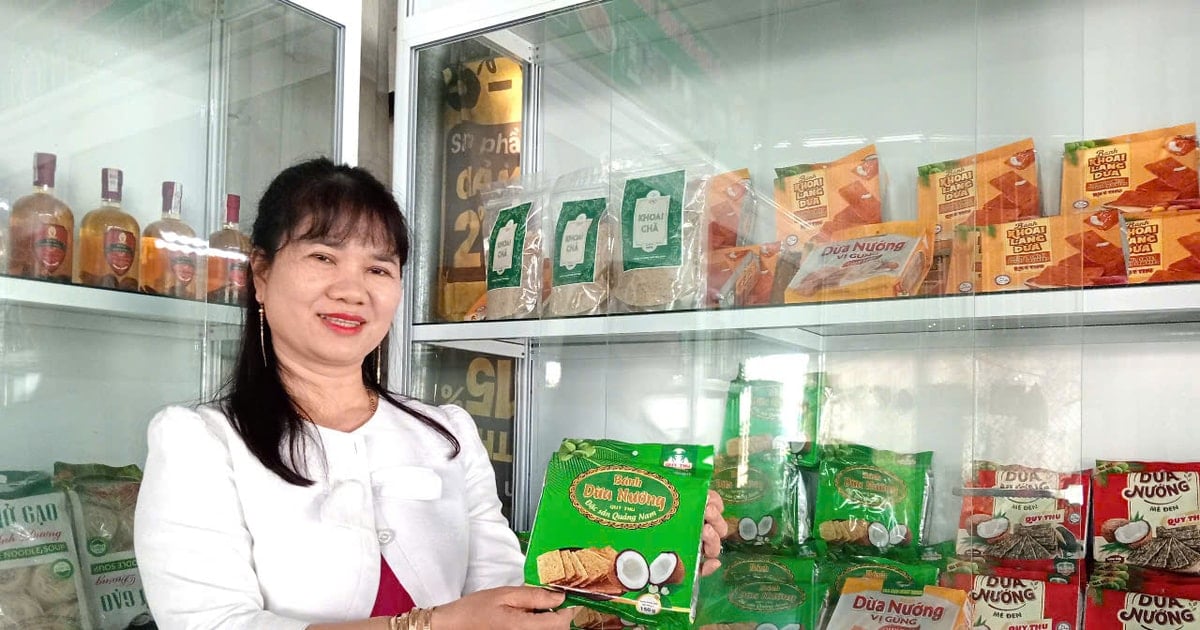

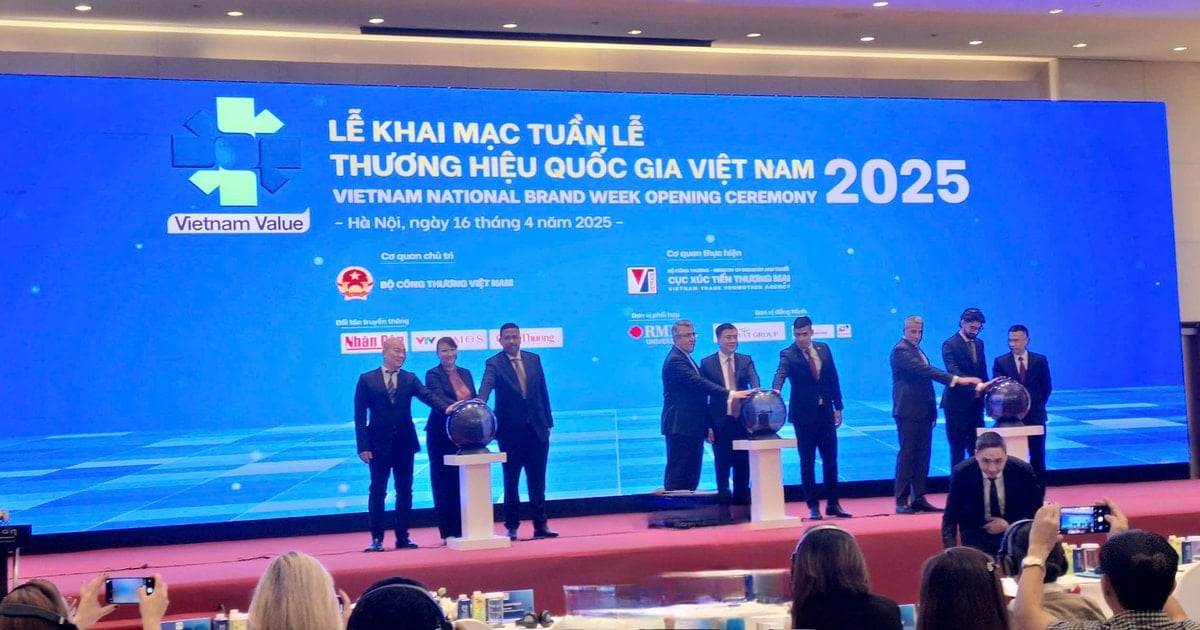

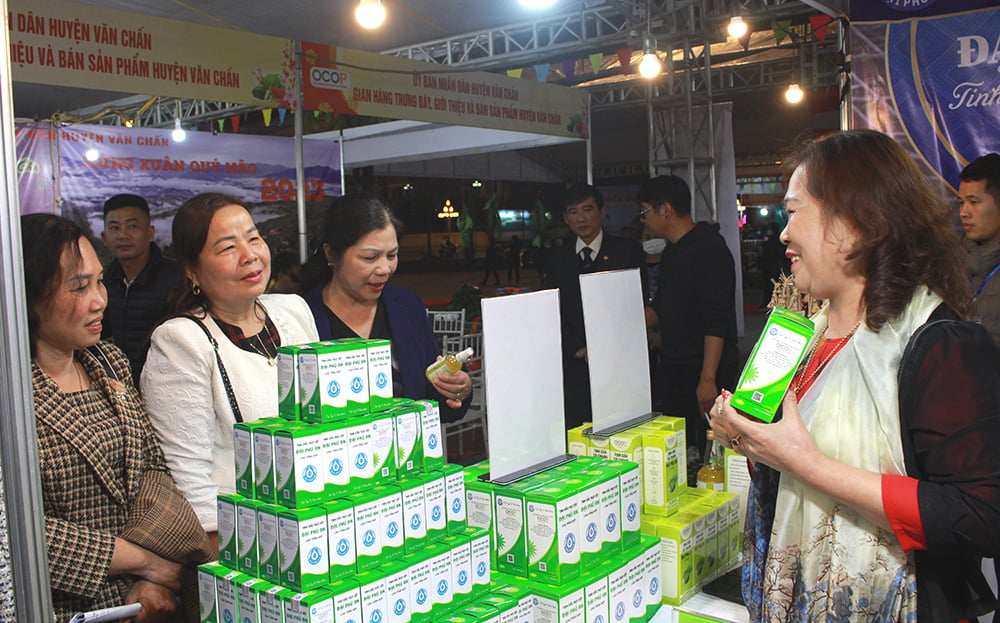
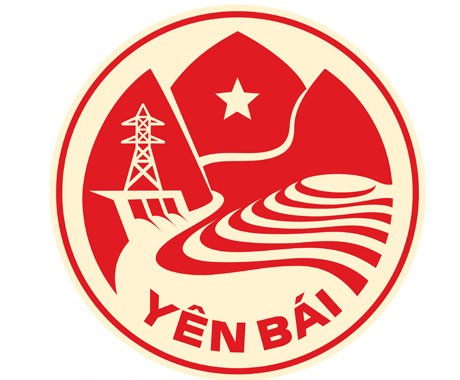
Comment (0)